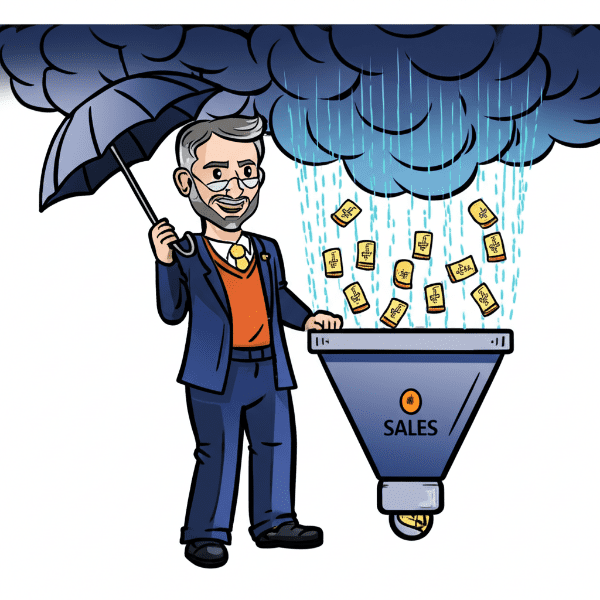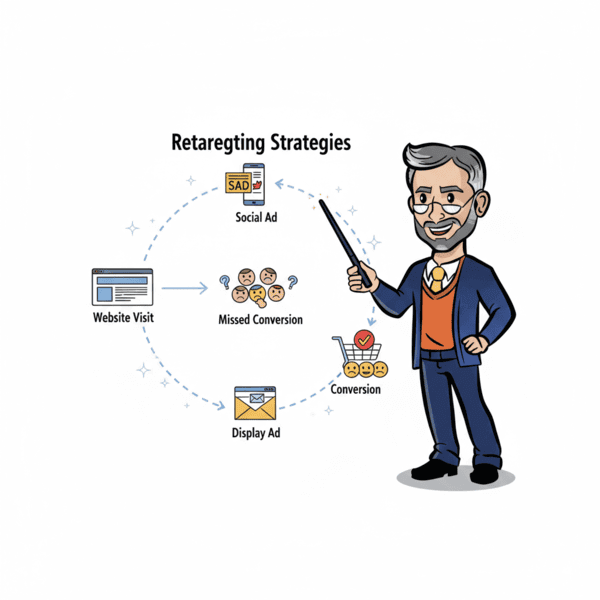Definition: Revenue Per Click (RPC) is a digital marketing metric that calculates the average revenue generated for each click on an advertisement or link. It is determined by dividing the total revenue by the total number of clicks:
RPC = Total Revenue ÷ Total Clicks
This metric provides insight into the effectiveness of marketing campaigns by indicating how much revenue each click contributes.
Use It in a Sentence: “By analyzing our RPC, we identified which ad campaigns were most profitable and adjusted our strategy accordingly.”
Why Revenue Per Click Matters
Understanding and optimizing RPC is crucial for several reasons:

- Performance Evaluation: RPC helps assess the profitability of individual campaigns, ads, or keywords, allowing marketers to focus on high-performing areas.
- Budget Allocation: By identifying which clicks generate the most revenue, businesses can allocate their advertising budget more effectively.
- Strategic Decision-Making: RPC provides data-driven insights that inform decisions on bidding strategies, ad placements, and content optimization.
- Enhancing ROI: Monitoring RPC enables marketers to maximize return on investment by focusing on strategies that yield higher revenue per click.
Best Practices for Optimizing Revenue Per Click
To improve RPC, consider implementing the following strategies:
1. Enhance Ad Relevance
Ensure that your advertisements are highly relevant to the target audience to increase the likelihood of clicks converting into revenue.
2. Optimize Landing Pages
Design landing pages that are user-friendly, load quickly, and provide clear calls to action to encourage conversions.
3. Utilize A/B Testing
Conduct A/B tests on different ad creatives and landing pages to determine which combinations yield the highest RPC.
4. Segment Your Audience
Tailor your marketing messages to specific audience segments to increase engagement and conversion rates.
5. Monitor and Adjust Bids
Regularly analyze RPC data to adjust your bidding strategy, focusing on keywords and ads that deliver higher revenue per click.
More Definitions
(From the Sales Funnel Professor Jargon Encyclopedia)
- Pay-Per-Lead (PPL) – A performance-based marketing model where advertisers compensate affiliates or marketing partners for each qualified lead generated. This approach focuses on lead generation rather than direct sales, making it ideal for businesses aiming to build a robust sales pipeline.
- Pay-Per-Action (PPA) – A digital advertising model where advertisers pay only when users complete a specific action, such as a purchase, sign-up, or download. This model ensures that advertising spend is directly tied to measurable outcomes.
- Pay-Per-Click (PPC) – An online advertising model where advertisers pay each time a user clicks on their ad. PPC is commonly used in search engine advertising and is instrumental in driving targeted traffic to websites.
- Sales Qualified Lead – A lead deemed ready for direct sales engagement after initial qualification.
Useful Posts
(From the Sales Funnel Professor Blog)
- Top of Funnel in Focus: Pay per Click – Raise Your PPC Intelligence – Explore how PPC strategies can enhance your top-of-funnel marketing efforts and drive qualified leads. This post delves into the strategic role of PPC in high-performance sales funnels, discussing when it makes sense to use PPC and how to make it ROI-positive.
- SEO, PPC, Paid Social: What Are All These Freaking Tools? – Understand the differences and synergies between various digital marketing tools to optimize your strategy. This article provides insights into how SEO, PPC, and paid social media marketing can work together to enhance your overall marketing efforts.
- Top-of-Funnel Marketing: Tactics and Tips to Grow Your Leads – Learn effective top-of-funnel marketing tactics to grow leads, boost engagement, and optimize your sales funnel for better conversions. This guide offers essential tactics, lead generation strategies, tools, and techniques to grow leads effectively at your top of funnel.























